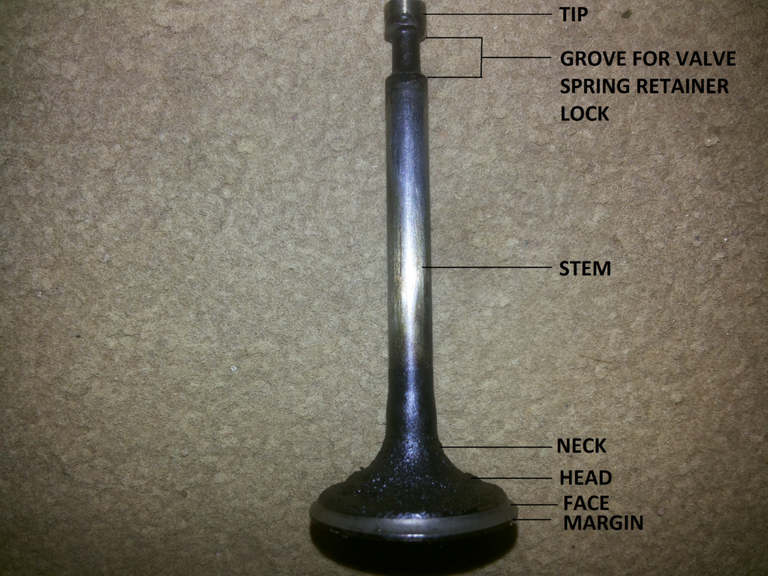Valves are so common nowadays that you can’t count the number of times you will come across it in a day and the funny thing is that most people don’t even know that it is a valve they are currently using or have just used.
The most common valve that everyone must use in a day is the tap; Yes I mean the common tap that is everywhere in the home. The only place you can’t find a tap in the home is the sitting room and bedroom but everywhere else you have your tap running.
When you turn on your tap, you are opening a valve and when you turn off your tap, you are merely closing a valve, which is the major component of the tap itself because the nozzle of the tap just works when the valve is in order. That why when a tap is bad, it is the seal of the valve that have worn out and therefore can’t keep back the fluid.
So now that we encounter valves everyday of our lives, we should then know what a valve is:
VALVE.
A valve is a mechanism which controls or directs the flow of fluids. The control can be total obstruction, partial obstruction or free flow, while the directing may be routing the fluid from one channel to another, this is mostly useful in transporting of fluids from one point to another. We will be dealing with a special type of valve here called the inlet (intake) and the outlet (exhaust) valves found in the engines of cars or generally internal combustion engines.
PARTS AND FUNCTIONS OF AN INLET (INTAKE) / OUTLET (EXHAUST) VALVE

HEAD: The head is the region where we have the face of the valve and the margin. The head in conjunction with the valve seat functions as a seal when the valve is closed, but remember that we have two different types(inlet and outlet valve) both will do the same when closed even when their functions are different.
NECK: This is the middle of the valve which connects the head to the stem; it functions as a guide for the exhaust gas leaving the head to the exhaust assembly.
STEM: This centralize the valve assembly by working in a guide sleeve. It provides support and free movement for the valve, it also act a barrier for the escaping gas from getting to the groves by providing a seal with the sleeve
GROVE(S) FOR VALVE SPRING RETAINER LOCK: This act like a clip for the valve assembly. It holds the valve spring, the retainer down unto the stem of the valve, thereby making the valve to be permanently closed when not in operation thereby providing a tight seal for the valve.
Your posts are very informative bro. But try to always include pictures in your post. Pictures attracts most people to posts